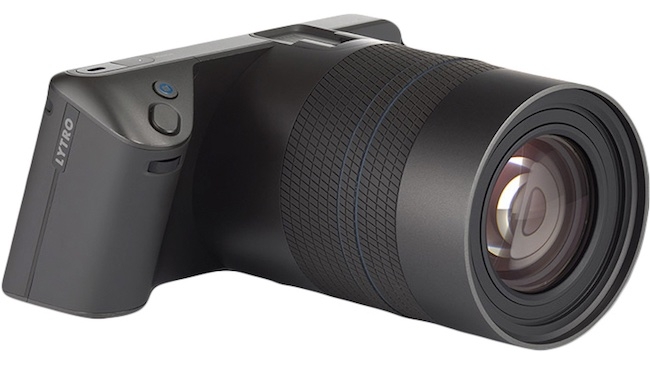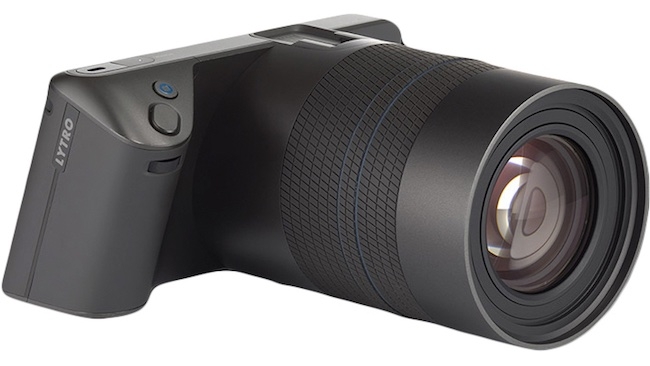
 The Illum - an evolutionary step towards a Light Field camcorder?
The Illum - an evolutionary step towards a Light Field camcorder?
Lytro’s 2012 Light Field camera might have been revolutionary, allowing users to perform such miracles as refocussing a picture after it was taken, but the boxy unit didn’t take in the marketplace and now the company is restructuring and refocussing — ahem — on video.
Certainly the technology behind the Light Field camera was ground-breaking. The camera was fitted with an array of microlenses that allowed it to instantly collect light from all directions as soon as the shutter was pressed. Software then compiled the resulting 11m or so rays into an image and once that hit a computer in Lytro’s proprietary image format it could then be refocussed any number of ways by the user without the focus ever getting baked in.
Good technology don’t necessarily make a good product, however, and commoditising Light Field has proved troublesome. The $399 camera might have been revolutionary but it was at the top end of the price range for a consumer product, low light images were disappointing as was resolution (as little as 1.2 megapixels once converted into jpeg), and perhaps the design was just too radical for mass market acceptance.
The company tried again last year, this time in the lower reaches of the pro market with the Illum; a $1600 unit with a more familiar DSLR look, greater end resolution on export and an 8x zoom.
Now, however, it has decided to stop chasing a declining stills market and will switch a good proportion of its R&D over to attempting to port its technology to exploiting video and VR. It’s not the end of the Illum — more software updates are planned for this year and there’s even a third generation, higher resolution stills camera being developed for 2016 — but it is a significant switch and one that’s taking money and costing jobs.
How much and how many? An extra $50m of funding (to add to the further $40m it managed to attract in 2014) and about 25-50 from a current headcount of 130, though it is also going to be adding more people in the new specialist areas.
As to what it will produce in the camcorder arena, that is, as yet, a closely guarded secret and one that you suspect is going to entail a lot of burning of midnight oil in the company’s Mountain View HQ. Given that a typical Lytro RAW picture right out of the Illum camera is about 50MB, however, the company might have some issues in getting that down to a manageable data stream without sacrificing resolution or functionality.
But a video camera where you could shoot and sort the focus out in post (or even let the viewer guide it) is an attractive prospect. The question now is if they can build it with a ‘mere’ $50m…
Tags: Technology


Comments